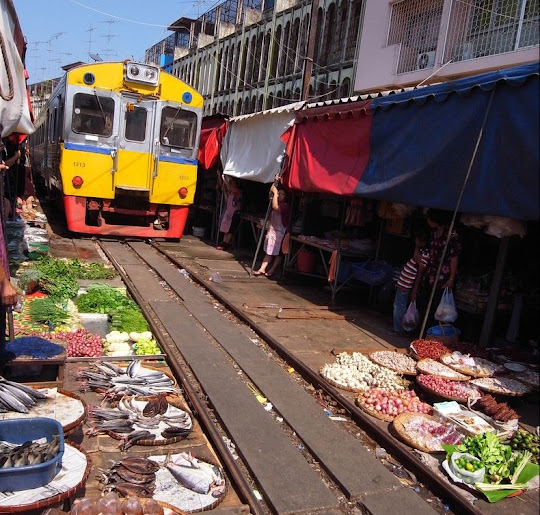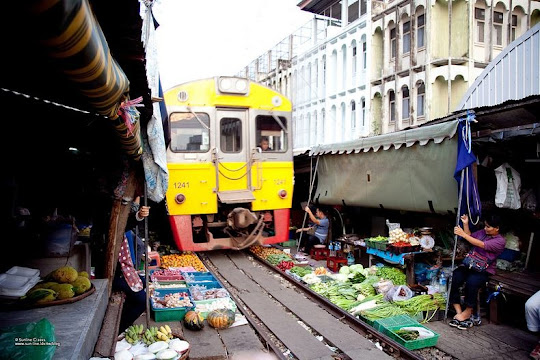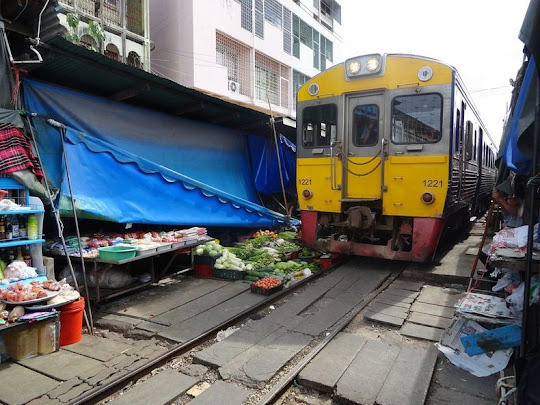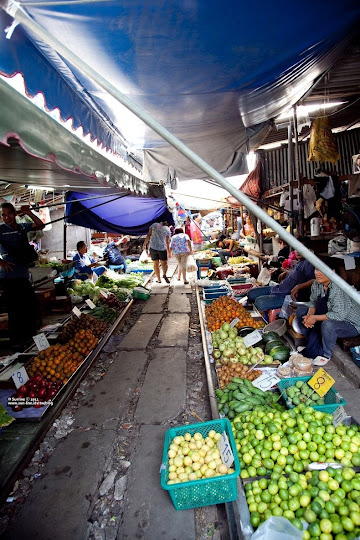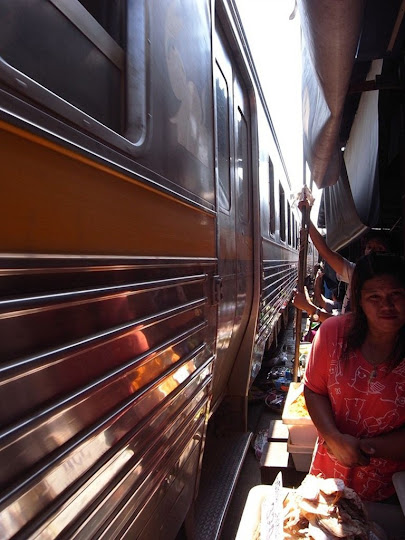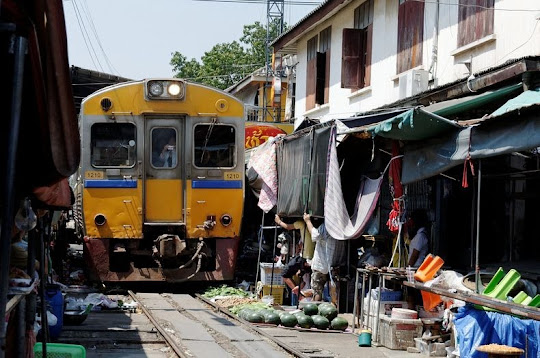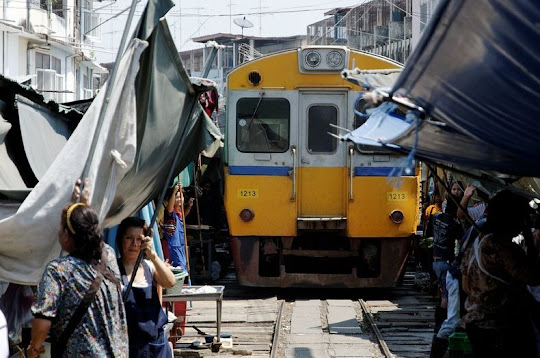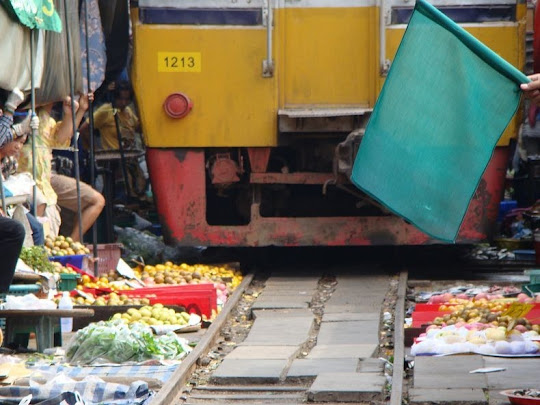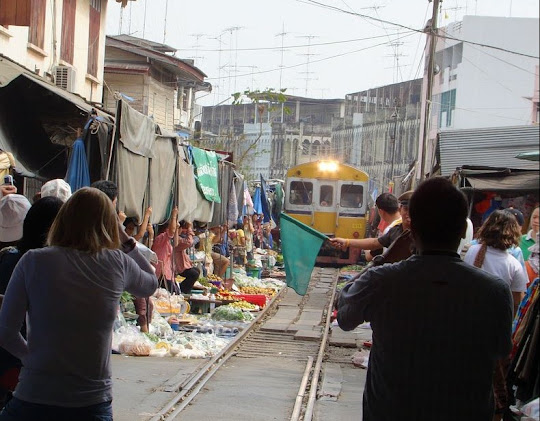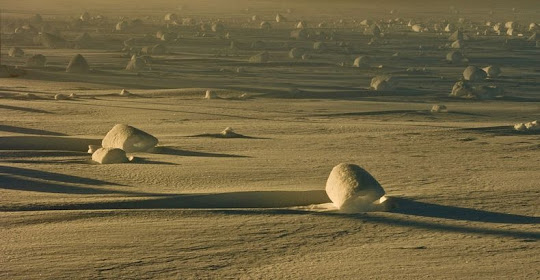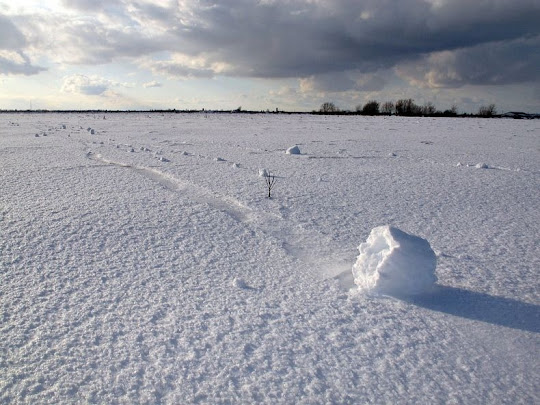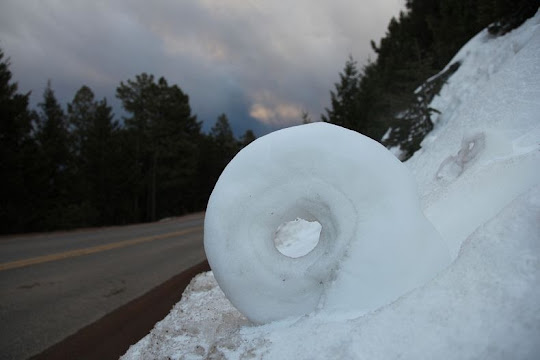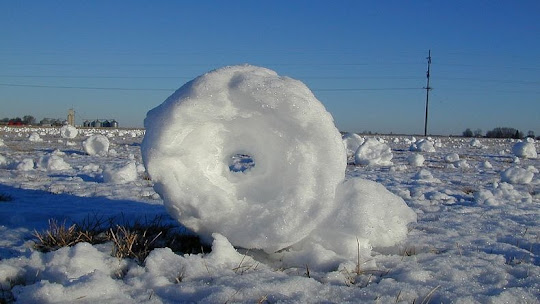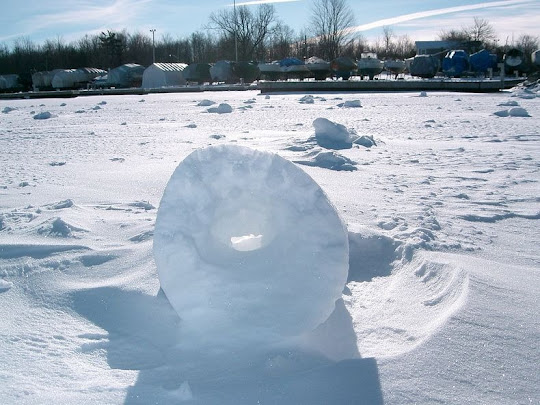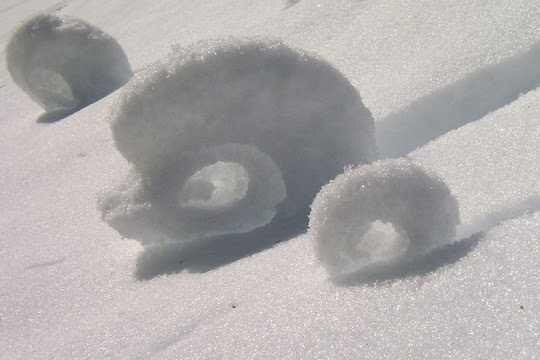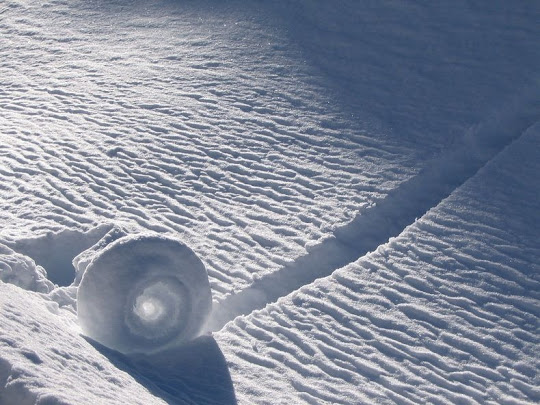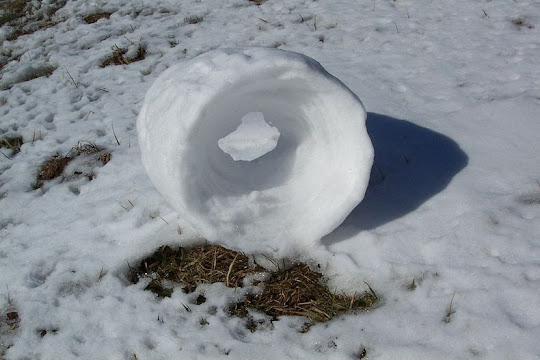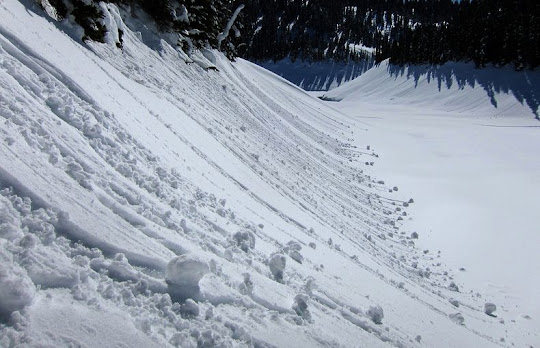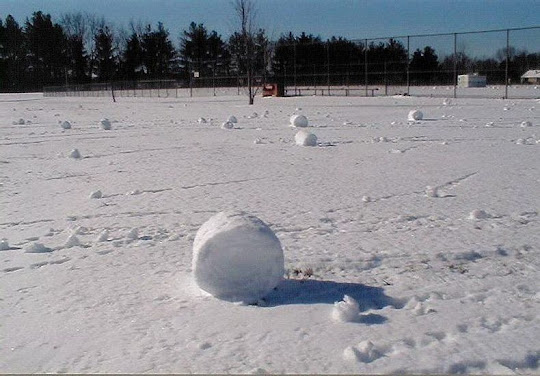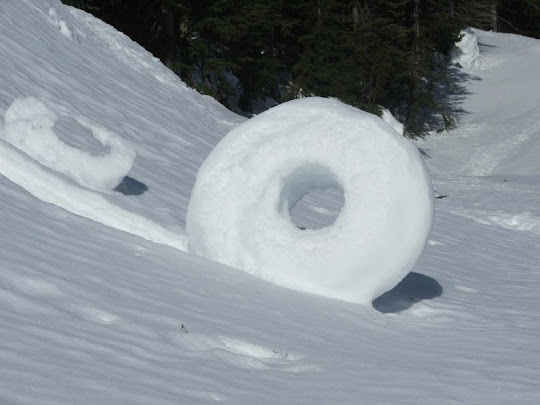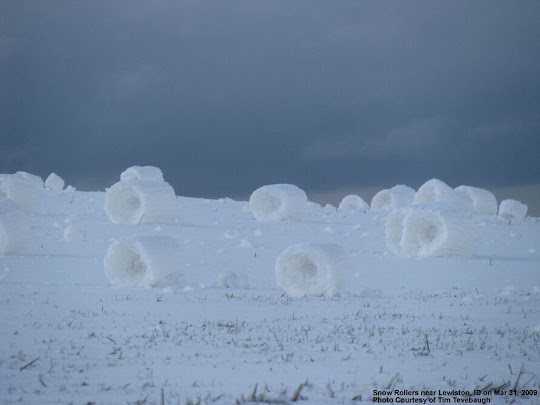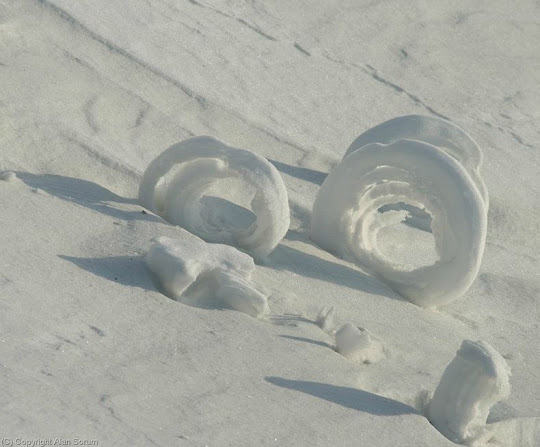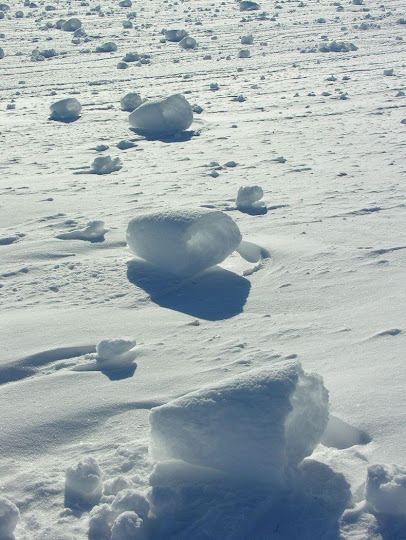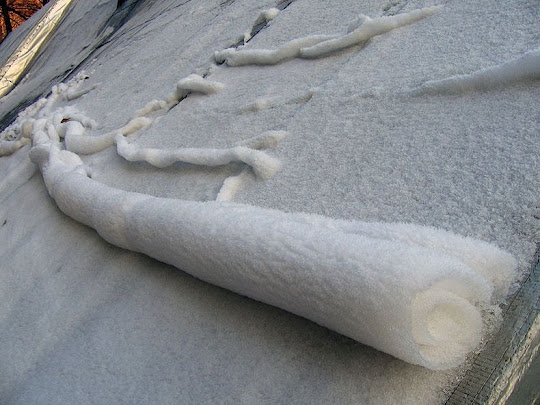Berndnaut Smilde is a Dutch artist living and working in Amsterdam. Born in Groningen in 1978, Smilde received his BFA at Minverva Academy and his Masters in Fine Art from the Frank Mohr Institute.
In his Nimbus clouds series, Smilde creates actual clouds, typically inside empty gallery spaces, and then photographs the results. The process is scientific, as he carefully regulates the temperature and humidity of a space to create ideal conditions for a cloud. After misting an area, he then sprays a short burst of fog to create a fluffy, albeit brief, cloud.
Smilde uses strategically placed lighting installations to enhance the dramatic effect of the cloud’s appearance. As he explains to Probe, an online gallery:
1. Nimbus Cukurcuma Hamam II, 2012

2. Nimbus Minerva, 2012

3. Nimbus D’Aspremont, 2012

4. Nimbus II, 2012

5.


Source
READ MORE»
In his Nimbus clouds series, Smilde creates actual clouds, typically inside empty gallery spaces, and then photographs the results. The process is scientific, as he carefully regulates the temperature and humidity of a space to create ideal conditions for a cloud. After misting an area, he then sprays a short burst of fog to create a fluffy, albeit brief, cloud.
Smilde uses strategically placed lighting installations to enhance the dramatic effect of the cloud’s appearance. As he explains to Probe, an online gallery:
“I imagined walking into a museum hall with just empty walls. The place even looked deserted. On the one hand I wanted to create an ominous situation. You could see the cloud as a sign of misfortune. You could also read it as an element out of the Dutch landscape paintings in a physical form in a classical museum hall. At the same time I wanted to make (for once) a very clear image, an almost cliché and cartoon like visualisation of having bad luck: ‘Indeed, there nothing here and bullocks, it’s starting to rain!’”
1. Nimbus Cukurcuma Hamam II, 2012

2. Nimbus Minerva, 2012

3. Nimbus D’Aspremont, 2012

4. Nimbus II, 2012

5.


Source






